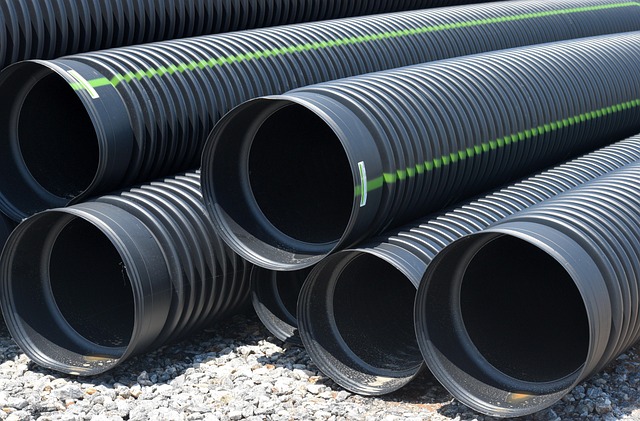Workflow checklist for translating sensor alerts into targeted field actions
This article outlines a practical workflow checklist for converting sensor alerts into focused field responses. It covers sensor types, data quality checks, diagnostics, mapping, and action prioritization to improve response accuracy and reduce unnecessary excavations.

Effective leak response begins with a clear workflow that moves a raw sensor alert through data validation, diagnostics, and targeted field activities without delay. The first step is to confirm the alert’s context: which sensor raised it, recent telemetry trends, and whether nearby instrumentation or operational events could explain the signal. Documenting initial findings and expected uncertainty early prevents repeated site visits and helps prioritize crews based on probable severity and potential impact to water supplies, pipe integrity, or critical subsurface structures.
How do sensors detect water and pipe anomalies?
Sensors identify deviations in flow, pressure, or environmental conditions that often indicate an issue with a pipe or subsurface asset. Common triggers include sudden pressure drops, unexpected flow increases, or persistent low-frequency acoustic signals picked up by distributed or point sensors. Understanding the sensor modality—whether it measures pressure, flow, acoustics, or temperature—helps narrow the likely fault class (e.g., active leak vs. transient hydraulic event). Always cross-reference multiple sensors where available to reduce false positives and confirm spatial correlation before dispatching field teams.
What role do acoustics and thermal methods play?
Acoustics and thermal sensing are complementary for locating subsurface water migration. Acoustics detect sound signatures of flowing water within or along a pipe, useful for pinpointing leak locations along buried mains. Thermal imaging highlights cooler wet soil or warmer escaping fluid, especially effective in near-surface or exposed sections. In practice, acoustic detections are used for initial localization and thermal scans for confirmation during daylight or accessible conditions. Combining both reduces exploratory excavation and informs the most likely access points for inspection.
How does fiberoptics and pressure telemetry support monitoring?
Fiberoptic cables and pressure telemetry add continuous, high-resolution context to intermittent alarms. Fiberoptic distributed acoustic sensing can provide a long linear profile of disturbances, while pressure sensors reveal hydraulic transients and persistent deficits. Telemetry systems collect timestamped data enabling trend analysis and correlation with operational actions (valve closures, pump changes). When an alert occurs, consult recent telemetry logs to identify whether the event aligns with scheduled operations or appears as an outlier requiring field verification.
How to use mapping, flow, and hydraulics data for diagnostics?
Accurate mapping and hydraulic models translate sensor anomalies into likely physical locations and impact zones. Integrate GIS maps showing pipe material, depth, and subsurface features with hydraulic simulation outputs to predict flow redistribution after a leak. Flow meters upstream and downstream can establish a flow deficit, estimating leak magnitude. Use these diagnostics to classify priority: critical (large loss, service impact), moderate (localized), or low (minor or non-hydraulic anomaly). Prioritization informs whether to send investigative crews immediately or perform remote diagnostics first.
What calibration and sensor diagnostics steps are essential?
Routine calibration and diagnostics ensure alerts are reliable. Maintain schedules for sensor calibration, firmware updates, and environmental checks; drift or fouled sensors commonly generate spurious alerts. When an alert is received, perform a quick diagnostic sequence: verify sensor health, check recent calibration logs, inspect telemetry integrity, and confirm power or communication anomalies are not the source. Documenting these checks in the workflow prevents unnecessary mobilization and builds a traceable record for recurring or intermittent issues.
How to translate alerts into targeted field actions?
Convert validated alerts into field tasks using a checklist-driven approach: 1) classify the alert severity and probable location using mapping and diagnostics; 2) select the minimum set of investigative tools (acoustic logger, thermal camera, pressure gauge, excavation equipment); 3) plan safe access routes and permits for subsurface inspection; 4) define success criteria for the visit (e.g., locate leak, verify false alarm, perform temporary repair); 5) record findings and update the telemetry/asset database. Field reports should include calibrated sensor readings, photographic evidence, and precise GIS coordinates to close the loop and improve future automated decisions.
Conclusion A structured checklist that integrates sensor modality, telemetry diagnostics, mapping, and calibration creates a repeatable path from alert to action. Emphasizing cross-validation and defined success criteria reduces unnecessary excavations, speeds accurate repairs, and improves confidence in monitoring systems over time. Regularly reviewing workflow outcomes and sensor performance will refine thresholds and better align remote alerts with targeted field responses.






